Split air conditioner sizes
Choosing split air conditioner size is crucial for efficient cooling and comfort.
How to choose the right size split air conditioner
Here are the steps to help you select the appropriate size:
- Calculate the Room Size: Measure the length and width of the room where you plan to install the split air conditioner. Multiply these dimensions to get the square footage (area) of the room.
- Consider Other Factors: Take into account other factors that may affect the cooling requirements, such as ceiling height, insulation quality, number of windows, sunlight exposure, and the number of people occupying the room regularly. Rooms with higher ceilings, poor insulation, more windows, or greater sun exposure may require a larger capacity air conditioner.
- Use a BTU Calculator: BTU (British Thermal Unit) is the unit used to measure cooling capacity. You can use an online BTU calculator or refer to the following general guideline:
- For rooms up to 150 square feet: 5,000-6,000 BTU
- For rooms 150 to 250 square feet: 6,000-7,000 BTU
- For rooms 250 to 350 square feet: 7,000-8,000 BTU
- For rooms 350 to 450 square feet: 8,000-10,000 BTU
- For rooms 450 to 550 square feet: 10,000-12,000 BTU
- For larger rooms, you may need more than one unit or a unit with higher BTU capacity.
- Adjust for Specific Conditions: If the room is in a particularly sunny or poorly insulated area, or if it will have more occupants than usual, you may need to increase the BTU capacity by 10-20%.
- Consult with a Professional: If you’re unsure about the size or capacity needed, it’s best to consult with a professional HVAC technician. They can assess your specific needs and recommend the most suitable size and type of split air conditioner for your space.
- Consider Energy Efficiency: While choosing the size, also consider the energy efficiency of the unit. A more energy-efficient unit may save you money on electricity bills in the long run, even if it has a higher upfront cost.
Factors to consider when choosing split air conditioner sizes
When selecting the size of a split air conditioner, it’s essential to consider several factors to ensure optimal cooling performance and energy efficiency:
- Room Size: Measure the length and width of the room where the split air conditioner will be installed. Calculate the square footage by multiplying the length and width. The size of the room is the primary factor in determining the cooling capacity needed.
- Insulation and Construction: Consider the insulation quality and construction materials of the room. Well-insulated rooms may require less cooling capacity, while rooms with poor insulation or excessive heat gain (e.g., large windows, sun exposure) may require a larger unit.
- Ceiling Height: Rooms with high ceilings require more cooling capacity to effectively cool the space. Factor in the ceiling height when calculating the cooling requirements.
- Climate: The climate of your location influences the size of the split air conditioner needed. In hotter climates, you may need a larger capacity unit to handle higher temperatures and humidity levels.
- Occupancy and Usage: Consider the number of people regularly occupying the room and the typical usage patterns. Rooms with more occupants or equipment generating heat (e.g., computers, appliances) may require a larger unit to maintain comfortable temperatures.
- Orientation and Sun Exposure: Rooms facing south or west may receive more sunlight and heat, increasing the cooling load. Take into account the orientation of the room and the amount of sun exposure it receives when determining the size of the air conditioner.
- Load Calculation: It’s advisable to perform a load calculation to accurately determine the cooling capacity required for the room. HVAC professionals can conduct a Manual J calculation, taking into account all relevant factors to size the air conditioner correctly.
- Zoning and Multi-Zone Systems: If you have multiple rooms or zones to cool, consider a multi-zone split air conditioning system. These systems allow for individual temperature control in different areas, optimizing comfort and energy efficiency.
- Energy Efficiency: While it’s essential to choose a split air conditioner with sufficient cooling capacity, also consider energy efficiency. Select a unit with a high SEER (Seasonal Energy Efficiency Ratio) rating to minimize energy consumption and reduce operating costs over time.
- Consultation with HVAC Professional: If you’re unsure about the size of the split air conditioner needed for your space, consult with a qualified HVAC professional. They can assess your specific requirements and recommend the most suitable size and type of unit for optimal performance and efficiency.
Understanding BTU and Cooling Capacity
Understanding BTU (British Thermal Unit) and cooling capacity is crucial when selecting an air conditioner. Here’s a breakdown:
- BTU (British Thermal Unit):
- BTU is a unit of measurement used to quantify the amount of heat energy needed to raise the temperature of one pound of water by one degree Fahrenheit.
- In the context of air conditioners, BTU is used to measure cooling capacity. It indicates the amount of heat an air conditioner can remove from a room per hour.
- The higher the BTU rating, the greater the cooling capacity of the air conditioner.
- For example, a 10,000 BTU air conditioner can remove 10,000 BTUs of heat energy per hour from the room it’s cooling.
- Cooling Capacity:
- Cooling capacity refers to the ability of an air conditioner to remove heat from a space and lower its temperature.
- It is measured in BTUs per hour (BTU/hr) or tons. One ton of cooling capacity is equivalent to 12,000 BTUs per hour.
- The cooling capacity needed for a room depends on factors such as its size, insulation, ceiling height, sun exposure, and the number of occupants.
- A room with larger dimensions, poor insulation, high ceilings, or significant heat gain will require a higher cooling capacity to maintain a comfortable temperature.
- Properly sizing the air conditioner ensures efficient cooling and prevents under- or overcooling of the space.
- Oversized air conditioners may cycle on and off frequently, leading to inefficient operation and increased energy consumption. Undersized units may struggle to cool the room adequately, resulting in discomfort.
- It’s essential to calculate the cooling capacity required for your specific space using methods such as the square footage method or Manual J load calculation.
- Selecting the Right Size Air Conditioner:
- To select the right size air conditioner, calculate the square footage of the room and consider other factors like insulation, ceiling height, and sun exposure.
- Use sizing charts or online calculators to determine the appropriate BTU rating or cooling capacity needed for your room size and conditions.
- Consider factors like climate, occupancy, and usage patterns when selecting the size of the air conditioner.
- Consulting with HVAC professionals can help ensure accurate sizing and proper selection of the air conditioning unit for your needs.
Common Mistakes in AC Sizing
Selecting the wrong size air conditioner can lead to various issues such as discomfort, inefficiency, increased energy costs, and premature equipment failure. Here are some common mistakes in air conditioner sizing:
- Guessing or Estimating: One of the most common mistakes is guessing or estimating the size of the air conditioner needed based on the size of the room alone, without considering other factors such as insulation, sun exposure, and occupancy.
- Ignoring Insulation and Construction: Failing to account for the insulation quality and construction materials of the building can result in undersizing or oversizing the air conditioner. Poor insulation increases heat gain, requiring a larger cooling capacity, while well-insulated buildings may need less cooling.
- Not Considering Climate and Location: Climate and geographical location play a significant role in determining the size of the air conditioner needed. Hotter climates require larger cooling capacities to maintain comfortable indoor temperatures, while cooler climates may require smaller units.
- Neglecting Load Calculation: Many people skip the load calculation process, which involves a detailed analysis of factors such as room size, orientation, occupancy, appliances, and heat gain. Without proper load calculation, it’s challenging to accurately size the air conditioner.
- Oversizing or Undersizing: Oversizing the air conditioner leads to short cycling, where the unit turns on and off frequently, resulting in inefficient operation, higher energy bills, and reduced comfort. Undersizing the air conditioner means it won’t adequately cool the space, leading to discomfort and potential strain on the equipment.
- Ignoring Occupancy and Usage: Failing to consider the number of occupants in the room and their activities can result in incorrect sizing. Rooms with more people or equipment generating heat require a larger cooling capacity to maintain comfort.
- Not Consulting HVAC Professionals: Many homeowners attempt to size the air conditioner themselves without seeking advice from HVAC professionals. HVAC professionals have the expertise and tools to perform accurate load calculations and recommend the right size air conditioner for your specific needs.
- Focusing Solely on Price: Some individuals prioritize cost savings over proper sizing, opting for smaller or cheaper units without considering long-term energy efficiency and comfort. While upfront costs are important, it’s essential to consider the long-term benefits of a properly sized and efficient air conditioner.
- Ignoring Energy Efficiency: Overlooking the energy efficiency rating of the air conditioner can lead to higher operating costs over time. Choosing a unit with a higher SEER (Seasonal Energy Efficiency Ratio) rating can result in significant energy savings and lower utility bills.
Oversizing AC Units
Oversizing air conditioning units is a common mistake that can lead to various issues and inefficiencies. Here are some of the consequences of oversizing AC units:
- Short Cycling: Oversized AC units cool the space quickly and reach the desired temperature faster. As a result, they frequently turn on and off, a phenomenon known as short cycling. Short cycling not only wastes energy but also puts unnecessary strain on the compressor and other components, leading to premature wear and tear.
- Reduced Humidity Control: Air conditioners not only cool the air but also remove humidity from the indoor environment. Oversized units may cool the air too quickly, shutting off before adequately removing humidity. This can result in a clammy or uncomfortable indoor environment, even at lower temperatures.
- Uneven Temperatures: Oversized AC units may struggle to distribute air evenly throughout the space. Certain areas may feel colder than others, leading to discomfort for occupants. This uneven cooling can be exacerbated by short cycling, as the unit may not run long enough to circulate air properly.
- Higher Energy Bills: Contrary to popular belief, larger AC units do not necessarily result in lower energy bills. Oversized units consume more electricity due to frequent cycling and may not operate at peak efficiency. This can lead to higher energy bills compared to a properly sized unit that runs consistently and efficiently.
- Increased Upfront Costs: Oversized AC units typically come with a higher upfront cost than properly sized units. Homeowners may end up spending more money on equipment that doesn’t provide the expected level of comfort or efficiency.
- Potential Ductwork Issues: Oversized AC units may require larger ductwork to accommodate the increased airflow. Retrofitting existing ductwork or installing larger ducts can be costly and may not be feasible in some cases.
- Compatibility Issues with Thermostats and Controls: Oversized AC units may not be compatible with existing thermostats and controls designed for smaller systems. Upgrading or replacing thermostats and controls can add to the overall cost of the HVAC system.
Conclusion
In conclusion, selecting the right size split air conditioner is essential for efficient cooling and comfort in any space. To determine the appropriate size, one must calculate the room size, consider factors such as insulation quality, ceiling height, and sun exposure, and use BTU calculators or consult with HVAC professionals. Additionally, understanding BTU and cooling capacity is crucial in making informed decisions. Common mistakes in AC sizing, such as guessing or estimating, ignoring insulation and climate, and oversizing or undersizing, can lead to inefficiencies, discomfort, and increased energy costs. Avoiding these pitfalls and focusing on proper sizing and energy efficiency can ensure optimal performance and long-term savings.

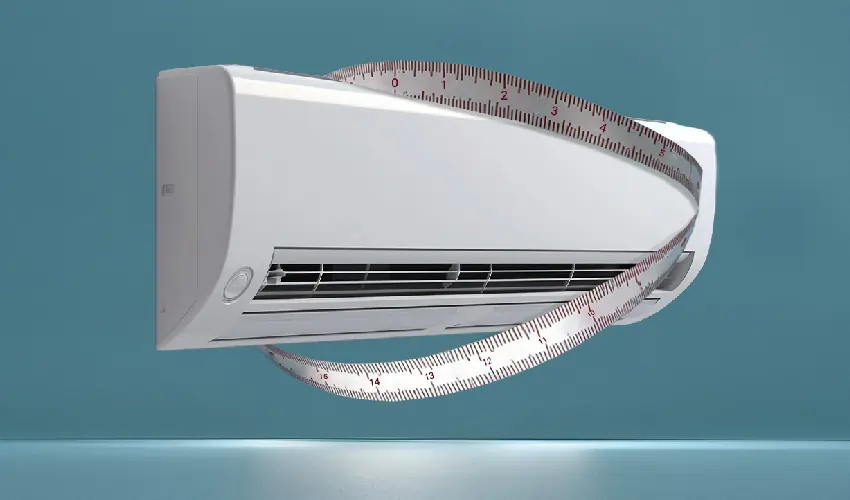



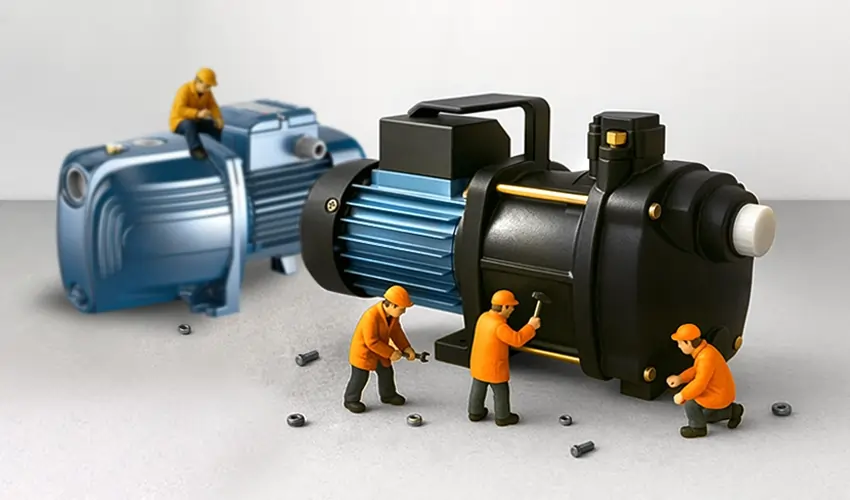

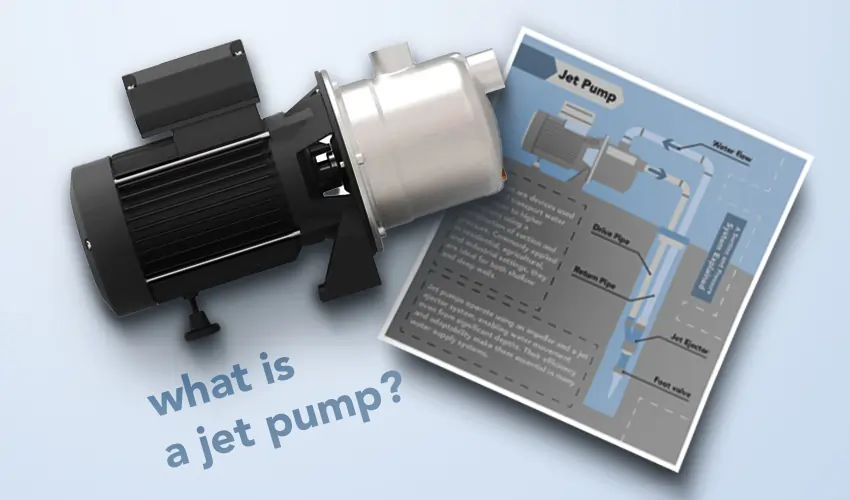
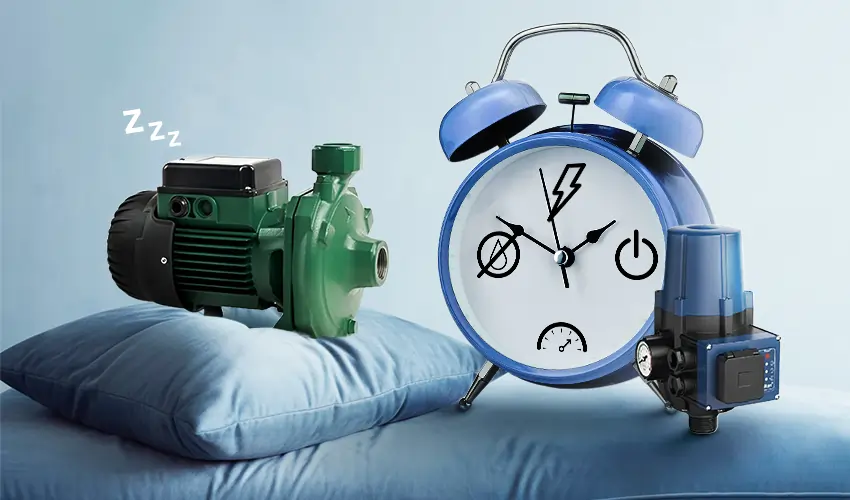
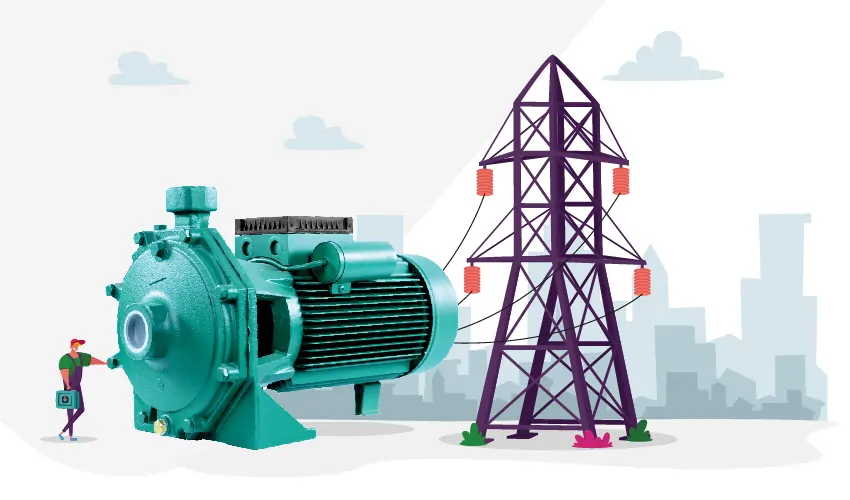



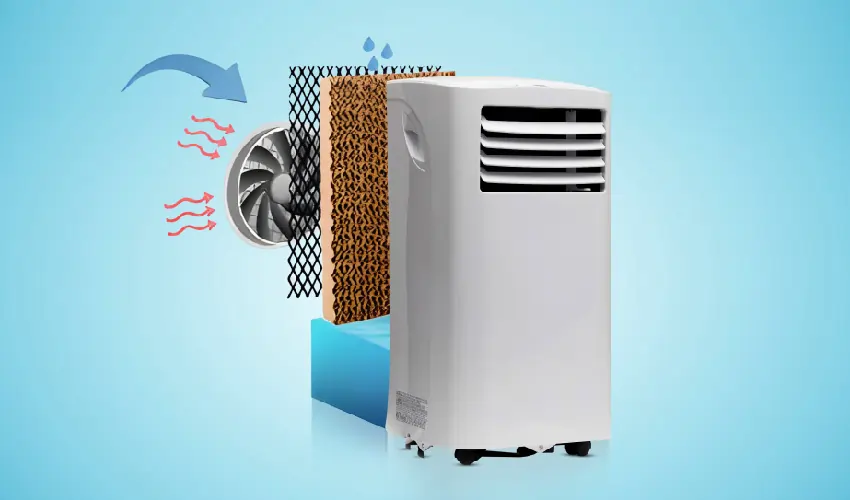
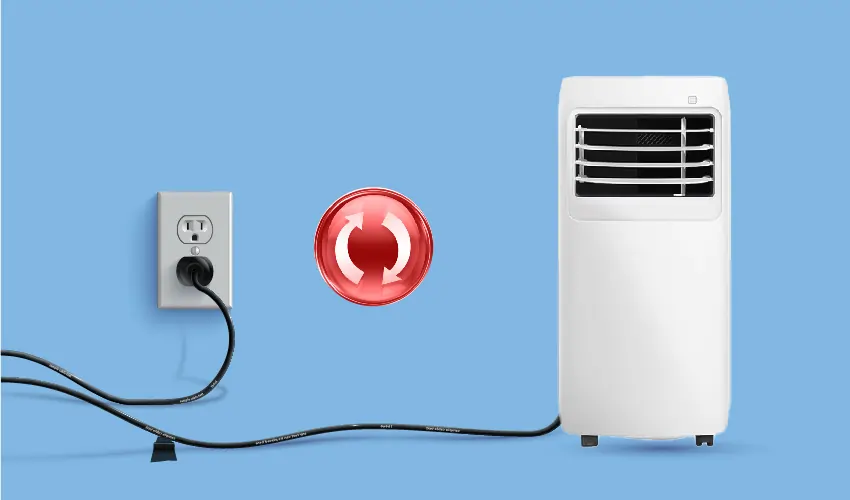
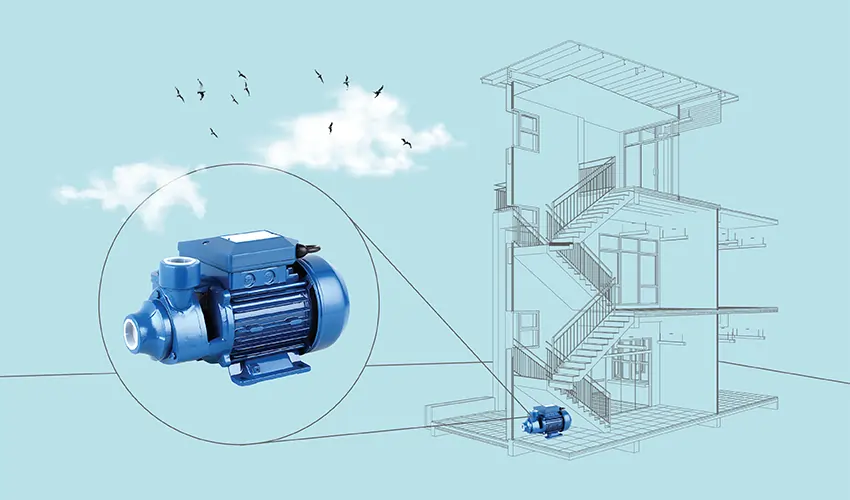
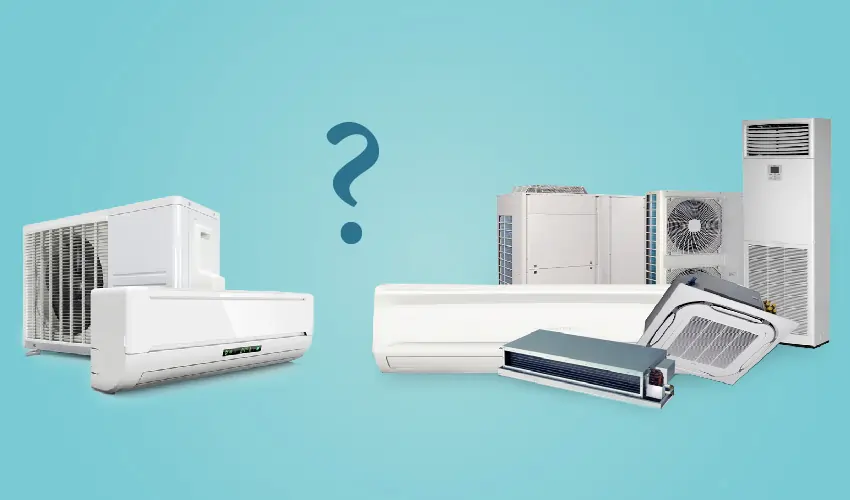

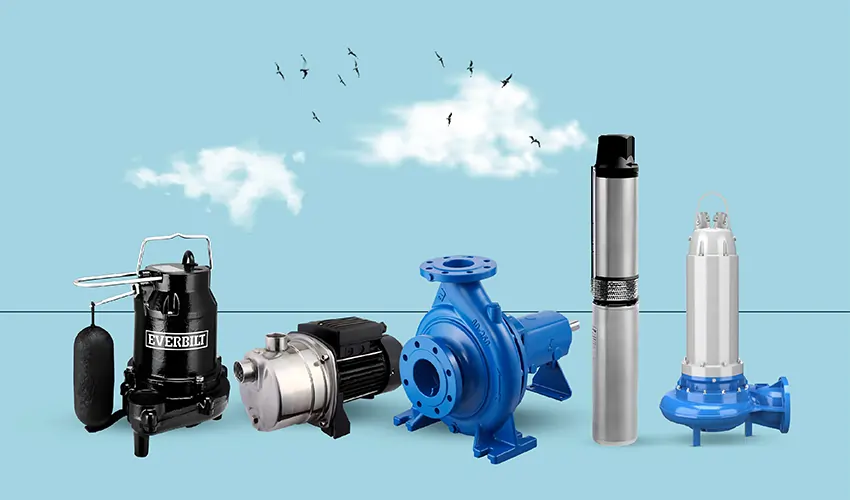
Dear FAMCO Sanat,
Thank you for your insightful article on split air conditioner sizes. Your comprehensive guide provides valuable information for homeowners and consumers looking to make informed decisions about their cooling systems. I appreciate the clear and concise language you used, making the article accessible to readers with varying levels of technical knowledge.
I found your article particularly helpful in highlighting the importance of considering factors beyond room size when choosing a split air conditioner. Your emphasis on insulation quality, ceiling height, climate, occupancy, and sun exposure is crucial for ensuring optimal cooling performance and energy efficiency.
From an HVAC professional’s perspective, your article accurately outlines the common mistakes people make when sizing air conditioners. Your explanation of the consequences of oversizing and undersizing, such as short cycling and uneven temperatures, is informative and reinforces the need for proper sizing.
From a consumer standpoint, your article provides valuable tips for selecting the right size air conditioner. Your emphasis on consulting with HVAC professionals and performing load calculations is essential for ensuring that the chosen unit meets the specific needs of the space.
Furthermore, your explanation of BTU and cooling capacity is easy to understand and provides a solid foundation for readers to grasp these technical concepts. Your inclusion of sizing charts and online calculators is also helpful for those who prefer to estimate the required cooling capacity themselves.
Overall, your article is a valuable resource for anyone looking to purchase a split air conditioner. Your thoroughness, clarity, and emphasis on proper sizing make it a valuable contribution to the HVAC community.
Thank you again for sharing your expertise.
Sincerely,
Mehrdad
Dear Mr. Esfandiary,
We are quiet impressed with your comment, It’s obvious that you have read the article completely. As you have mentioned, you have a history in HVAC systems so your feedback was very encouraging for our team.
We really appreciate what you have done, and wish you a wonderful day.